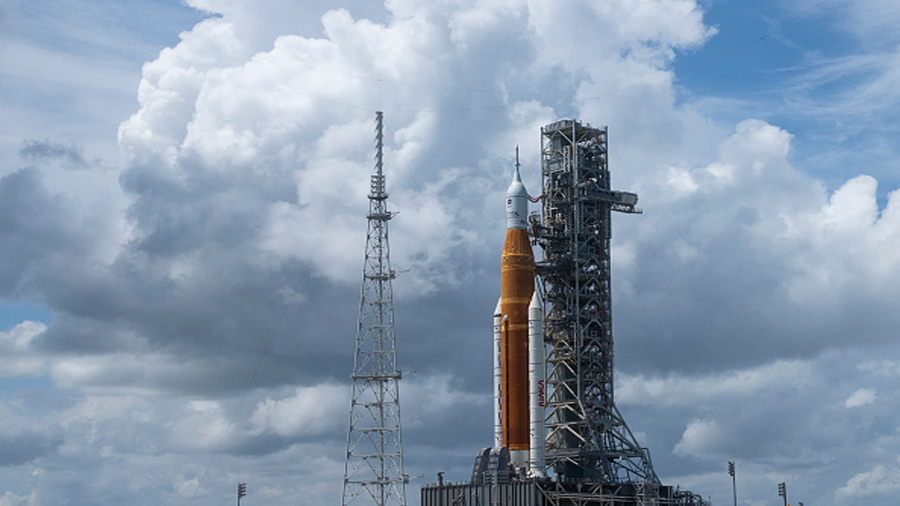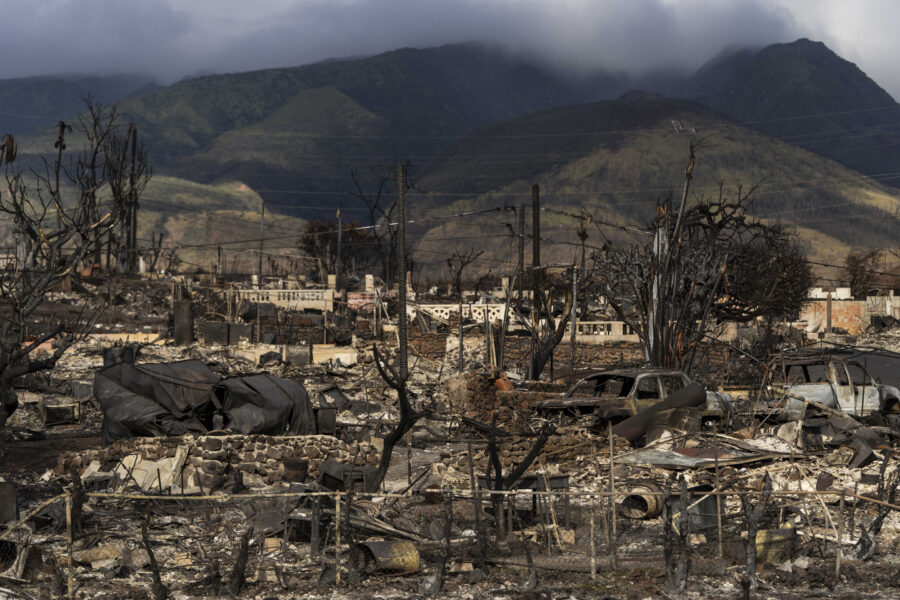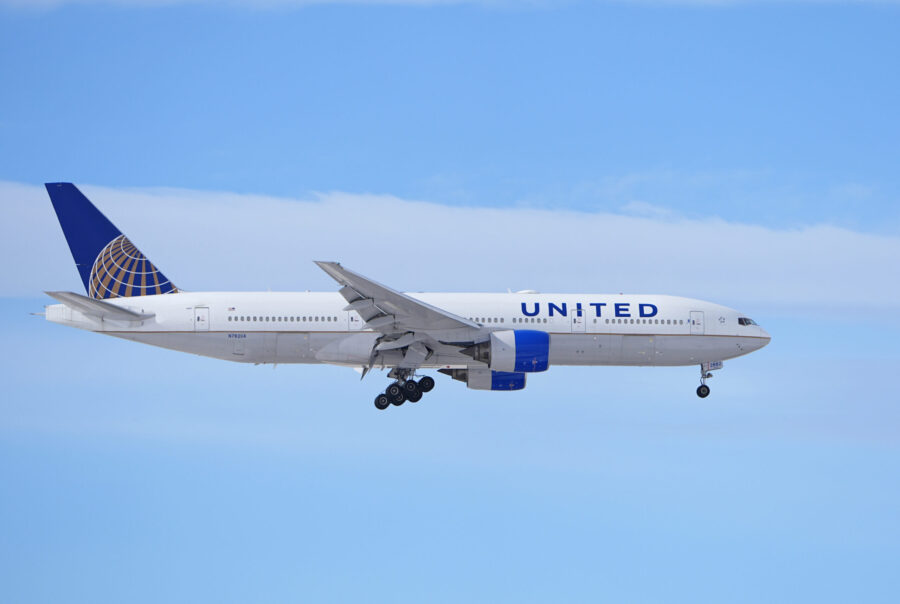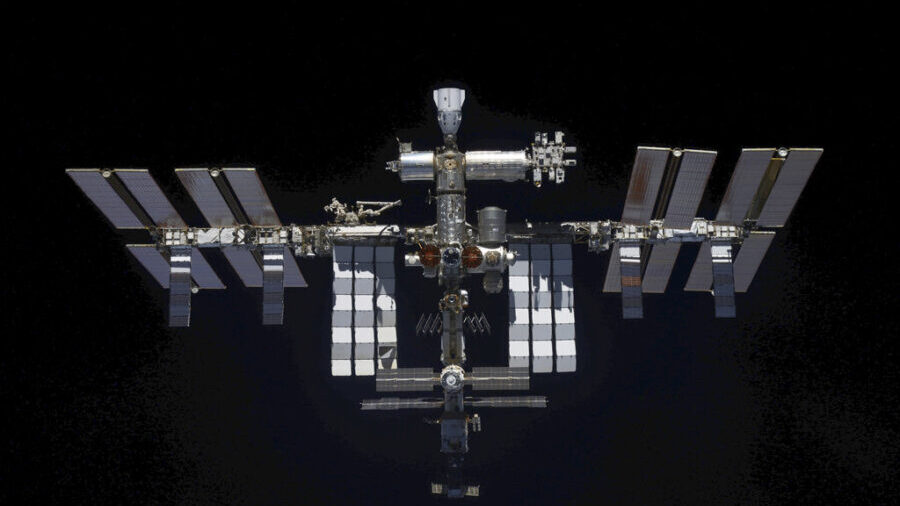Artemis launch rescheduled for Saturday
Aug 30, 2022, 4:36 PM | Updated: Sep 6, 2022, 11:13 am

CAPE CANAVERAL, FLORIDA - AUGUST 30: In this NASA handout, NASA's Space Launch System (SLS) rocket with the Orion spacecraft aboard is seen atop the mobile launcher at Launch Pad 39B, Tuesday, August 30, 2022 in Cape Canaveral, Florida. NASAs Artemis I flight test is the first integrated test of the agency's deep space exploration systems: the Orion spacecraft, SLS rocket, and supporting ground systems. (Photo by Joel Kowsky/NASA via Getty Images)
(Photo by Joel Kowsky/NASA via Getty Images)
(CNN) — The uncrewed Artemis I mission will get another attempt at launching on a journey around the moon on Saturday.
After the launch was scrubbed Monday morning, the launch team spent the remainder of the day evaluating data gathered during the attempt. Mission managers shared an update Tuesday evening.
The Artemis I stack, which includes the Space Launch System rocket and Orion spacecraft, continues to sit on Launchpad 39B at Kennedy Space Center in Florida.
One of the rocket’s four RS-25 engines, identified as engine #3, could not reach the proper temperature range that is required for the engine to start at liftoff.
The engines need to be thermally conditioned before supercold propellant flows through them before liftoff. To prevent the engines from experiencing any temperature shocks, the launch controllers increase the pressure of the core stage liquid hydrogen tank to send a little bit of the liquid hydrogen to the engines. This is known as a “bleed.”
The liquid hydrogen is about minus 423 degrees Fahrenheit (minus 252 degrees Celsius).
Mission managers suspected that the engine #3 issue was actually a problem with the bleed system, rather than the actual engine.
Several other issues, like storms, a leak on an 8-inch line used to fill and drain the rocket core stage’s liquid hydrogen and a hydrogen leak from a vent valve on the core stage’s intertank also caused delays Monday morning that prevented liftoff during the two-hour launch window.
“We agreed on what was called option one, which was to operationally change the loading procedure and start our engine chill down earlier. We also agreed to do some work at the pad to address the leak that we saw at the hydrogen tail service mask umbilical,” said Mike Sarafin, Artemis mission manager, NASA Headquarters.
There is still a backup opportunity for the Artemis I mission to launch on September 5 as well.
The Artemis I mission is just the beginning of a program that will aim to return humans to the moon and eventually land crewed missions on Mars.
The-CNN-Wire ™ & © 2022 Cable News Network, Inc., a Warner Bros. Discovery Company. All rights reserved.













